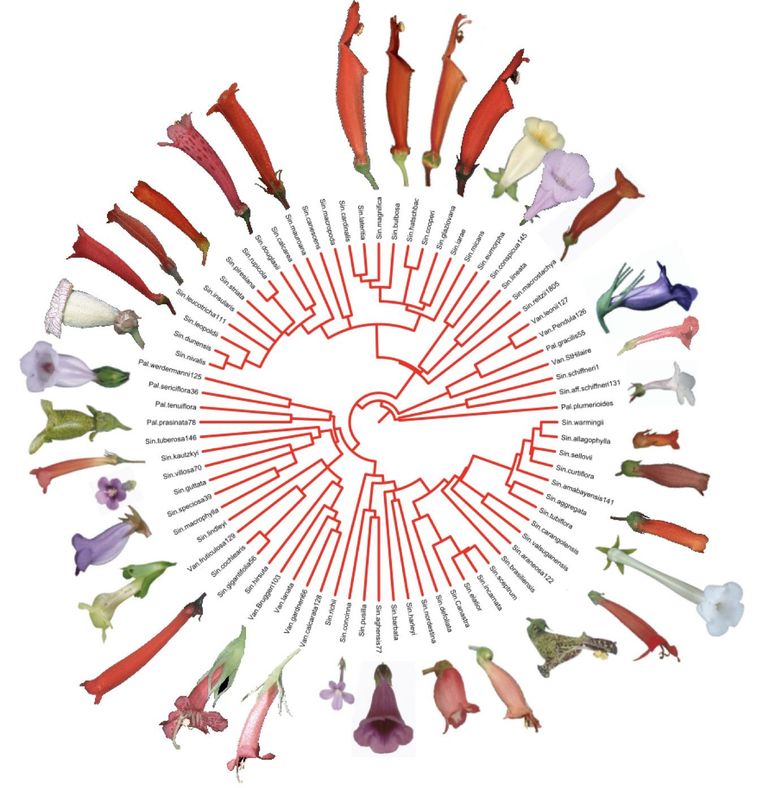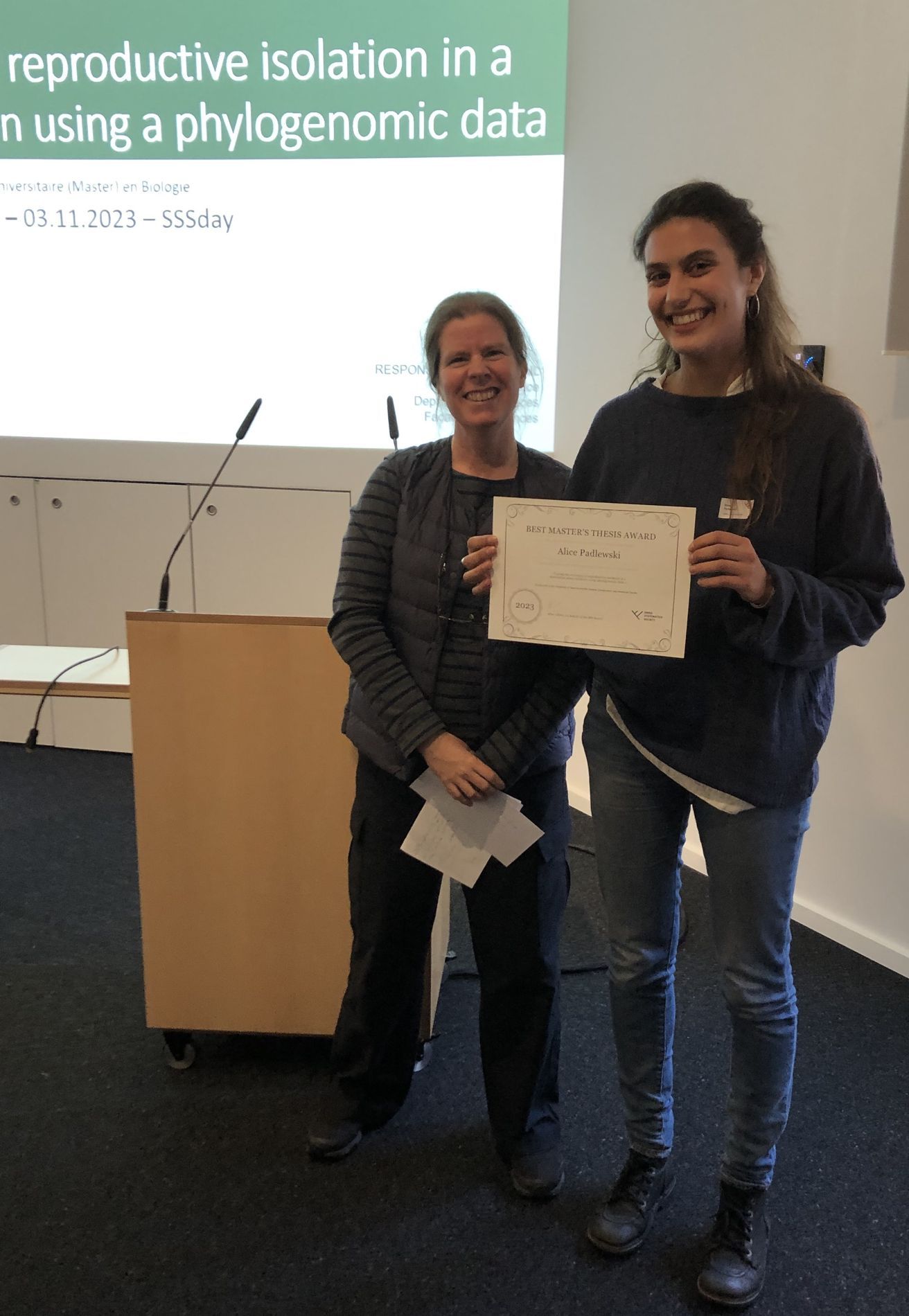Best Master Prize
The SSS wants to encourage brilliant young scientists in their early career and therefore set up a yearly prize that will reward an excellent contribution in the field of systematics at the level of a Master thesis.
See details in the document below.
Deadline for next submission is September 30 2024

Best master award 2023
The Swiss systematics Society is pleased to reward Alice Padlewski, for her excellent contribution in the field of systematics "Tracing the evolution of reproductive isolation in a neotropical plant radiation using phylogenomic data", conducted at the University of Geneva and the Geneva Conservatory and Botanical Garden.
Abstract: The establishment of reproductive barriers play a key role in the speciation process and in shaping species diversification. However, the evolution of reproductive isolation has been little explored in tropical plants. In this study, I focus on the Ligeriinae within the Gesneriaceae family, a neotropical endemic lineage found in the Brazilian Atlantic rainforest. The Ligeriinae showcases an impressive array of floral diversity in shape, size, and color, reflecting their adaptations to various pollinators, including bees, hummingbirds, bats, and moths. Additionally, these herbaceous plants, ranging from perennial tubes to shrubs, demonstrate a wide spectrum of habitat preferences, encompassing saxicolous (for most species), epiphytic, or terrestrial habitats. Given the intriguing characteristics of the Ligeriinae, they present the opportunity to unveil the underlying mechanisms of speciation in tropical systems. To achieve this, I conduct a comprehensive phylogenomic reconstruction of the Ligeriinae, employing Next Generation Sequencing along with a specific bait kit tailored to the Gesneriaceae family. By calibrating the phylogenetic reconstruction in time and combining it with published hybrid fertility data, I find evidence for the snowball effect, showing that postzygotic barriers in interspecific F1 hybrids increase with the genetic and time divergence between the parent species in a non-linear dynamic. Furthermore, by reconstructing the evolution of pollinator syndromes in time, I show that most pollination shifts occurred among recently diverged species that are partially or fully interfertile, in agreement with the hypothesis that prezygotic barriers evolve faster than postzygotic barriers during the Ligeriinae radiation. Finally, morphological divergence within sympatric species compared to allopatric species of Ligeriinae provide no evidence supporting character displacement as a prezygotic driver of speciation.
